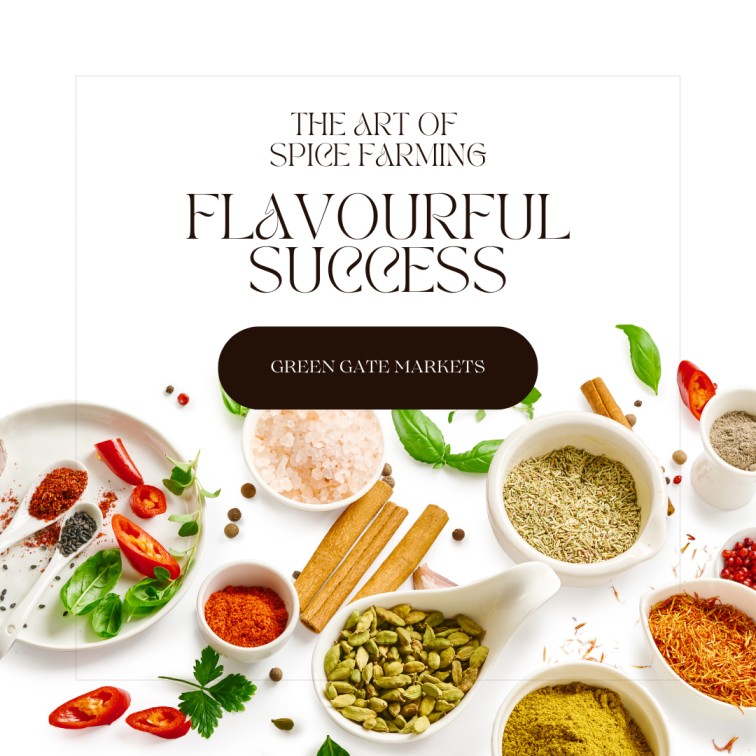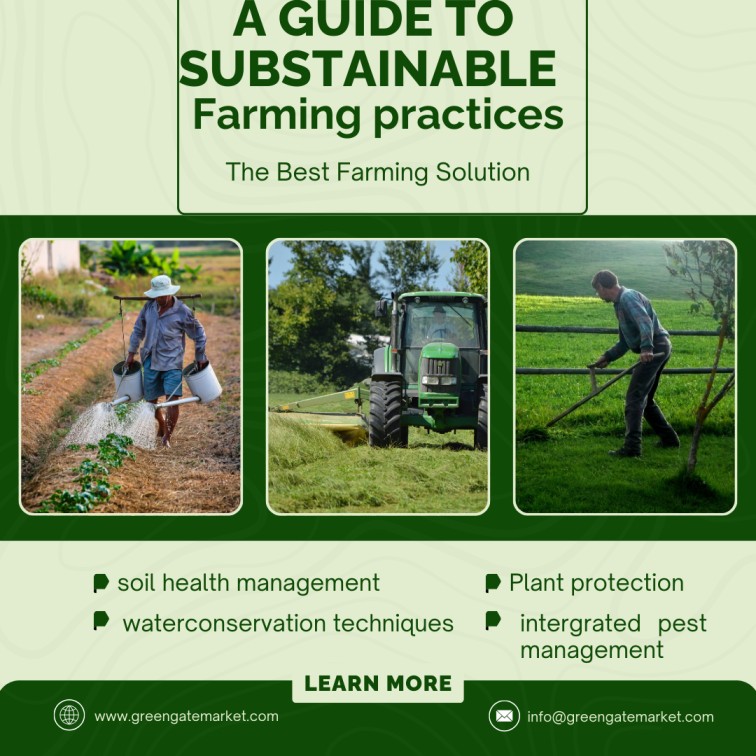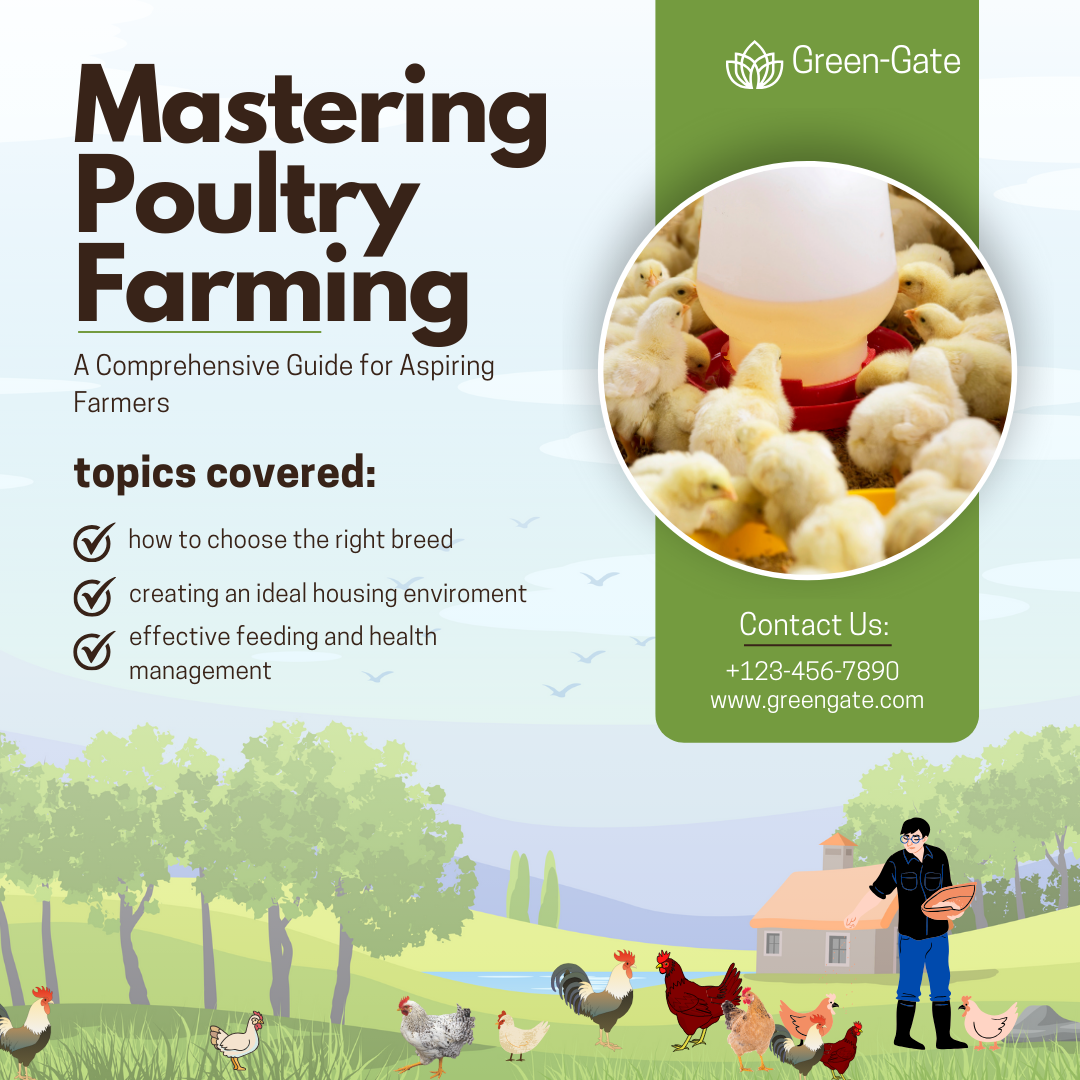Title: The Art of Spice Farming: A Guide to Cultivating Flavorful Success
Spice farming is a lucrative and rewarding venture, offering farmers the chance to grow high-value crops used worldwide in cooking, cosmetics, and medicine. In this guide, we’ll delve into three critical aspects of spice farming: selecting the right spices to grow, establishing optimal growing conditions, and harvesting and processing spices for quality and profit.
1. Selecting the Right Spices to Grow
Choosing the right spices depends on factors such as climate, soil type, market demand, and your farming goals. Here are some popular options:
- Pepper (Black and White): Grows well in tropical climates with high humidity and well-drained soil.
- Turmeric and Ginger: Thrive in warm, humid regions with loamy soil and require minimal maintenance.
- Cinnamon and Clove: Ideal for farmers with access to areas suited for tree-based spices.
- Chilies: A versatile crop with high demand in local and international markets.
- Saffron: While requiring a cool climate and specific conditions, saffron is one of the most valuable spices in the world.
2. Establishing Optimal Growing Conditions
Spice crops require specific conditions to thrive. Paying attention to these factors ensures healthy plants and high yields:
- Soil Preparation: Most spices prefer fertile, well-drained soil with good organic matter. Conduct soil tests to determine pH and nutrient levels, and amend the soil as necessary.
- Climate Suitability: Match your spice crop to the climate in your region. Tropical crops like pepper and ginger thrive in warm, humid conditions, while saffron requires a cooler environment.
- Irrigation: Ensure consistent moisture levels, especially for crops like ginger and turmeric. Avoid overwatering, as it can lead to root rot.
- Intercropping: Grow spices alongside other crops like coconut or areca nut to maximize land use and boost soil fertility.
3. Harvesting and Processing Spices for Quality and Profit
Proper harvesting and processing techniques can significantly impact the quality and market value of your spices.
- Harvest Timing: Harvest spices at their peak maturity for the best flavor and quality. For example, pick black pepper when the berries turn red and saffron flowers early in the morning.
- Drying and Curing: Sun-dry or use drying equipment to reduce moisture content and enhance shelf life. For example, ginger is often sliced and dried, while cloves are sun-dried to retain their aromatic oils.
- Grading and Packaging: Sort spices based on size, color, and quality to fetch better prices in the market. Use proper packaging to protect the spices from moisture and contamination.
- Value Addition: Consider processing your spices into powders, oils, or blends to increase their market value and attract diverse customers.



